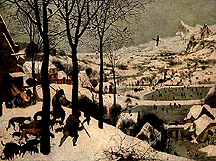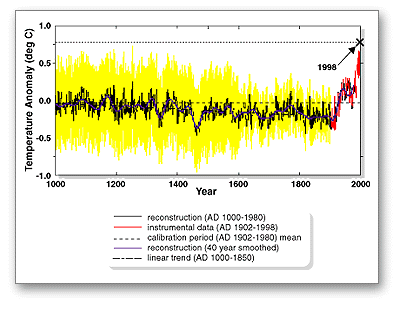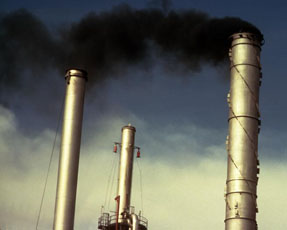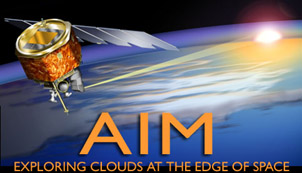Click on image for full size
Caspar Ammann
The Little Ice Age
The Little Ice Age was a time of cooler climate in most parts of the world. Although there is some disagreement about exactly when the Little Ice Age started, records suggest that temperatures began cooling around 1250 A.D. The coldest time was during the 16th and 17th Centuries. By 1850 the climate began to warm.
During the Little Ice Age, average global temperatures were 1-1.5 degree Celsius (2-3 degrees Fahrenheit) cooler than they are today. The cooler temperatures were caused by a combination of less solar activity and large volcanic eruptions. Cooling caused glaciers to advance and stunted tree growth. Livestock died, harvests failed, and humans suffered from famine and disease.
The Little Ice Age was not a true ice age because it did not get cold enough for long enough to cause ice sheets to grow larger. The cooling likely affected areas around the world but we have the most records of how it changed daily life from Europe. Some of the records and events that occurred during the Little Ice Age are listed below.
- Fur trappers reported that southern Hudson Bay remained frozen for about 3 weeks longer each spring.
- Fishermen reported large amounts of sea ice floating in the North Atlantic.
- British people saw Eskimos paddling canoes off the coast of England.
- Alpine (mountain) glaciers grew larger. In some cases, the ice engulfed mountain villages.
- Winters were longer and growing seasons shorter according to tree ring data and records of cherry tree flowering.
- Wet weather caused disease that affected people, animals and crops including the bubonic plague (also called the Black Death). This disease killed more than a third of Europeans.
- Farms and villages in Northern Europe were deserted because the farmers couldn’t grow crops in the cooler climate. During the harshest winters, bread had to be made from the bark of trees because grains would no longer grow.
- Limited crops and unhealthy livestock caused famine in areas of northern
and Eastern Europe. Unlike today, there was no way to transport food around
the world to areas where crops had failed and people were hungry.















